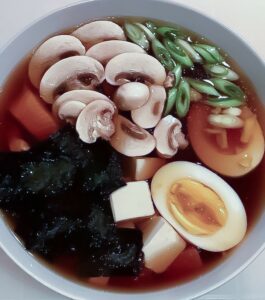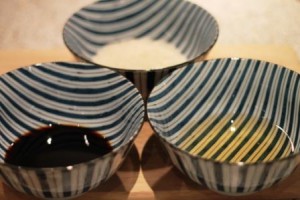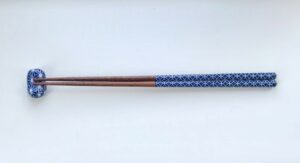
The Danish delicacy lumpfish roe is now available in most fish shops.
It’s a good year for lumpfish roe, at the moment there are lots of purified lumpfish roe.
It is a wonderful Danish delicacy that can be enjoyed in several different ways.
One of the best ways to eat lumpfish roe is along with blinis, finely chopped red onion and sour cream.
If you cannot get hold of blinis, you can of course use toasted sandwich bread.
Lumpfish roe is the first sign of spring it often falls at the same time.
The season for lumpfish roe varies from year to year. It is not to say how long the little fine pink pearls can be obtained at the fishmongers. So far, it can be freshly cleaned at most fishmongers.
Read more about Sushi Chef & Sake Sommelier Zoë Escher
_
Zoë has lectured and held sushi courses for A. P. Moller – Maersk, Hugo Boss Nordic, Novo Nordisk, Novartis, Velux, Gorrissen Federspiel, Beierholm revision, Elbek & Vejrup and many more.






